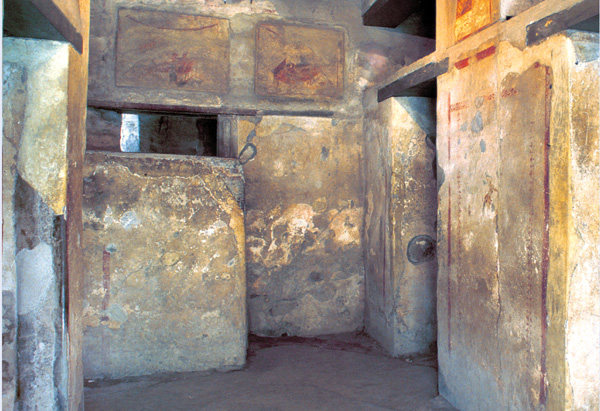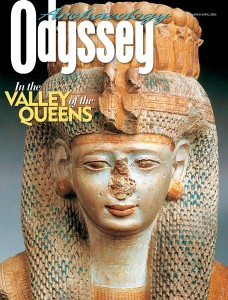New Inscriptions from Pompeii’s Lupanar

The temporary closing of Pompeii’s Lupanar, the sole brothel from antiquity to have been identified with certainty, has enabled scholars to take a closer look at the 136 graffiti and painted inscriptions left behind by ancient prostitutes and their clients.
Some of the graffiti are boastful (“Daphne is mine!”), while others are crude variants of Fututa sum hic (“I screwed here”). But most of the inscriptions are personal names, 53 men and 29 women. The majority of the women’s names are slave names, but some of them—such as Apollonia, Ilia, Cadia, Amedia, Rusatia and Fabia—belonged either to freed slaves or to women of a higher class, according to Antonio Varone, an archaeologist with the Superintendency of Pompeii.
Female prostitutes apparently served men and women, says Varone. One graffito referring to a woman called Mula uses the term fututrices (feminine plural for “screwer”), suggesting that she assumed a male-like role in her sexual relationships with females. A number of ancient literary sources mention homosexual sex between women. A wry poem by the first-century A.D. writer Martial, for example, pokes fun at a woman named Bassa “who never approached a male”: “Bassa, you were in fact a lover of women ... and played the role of a man” (Epigrams, 1.90).
Varone also noted that ancient couples probably rented rooms in the Lupanar, “as if it were a motel.”
Already a library member? Log in here.
Institution user? Log in with your IP address.

